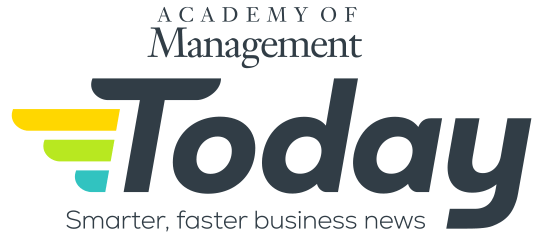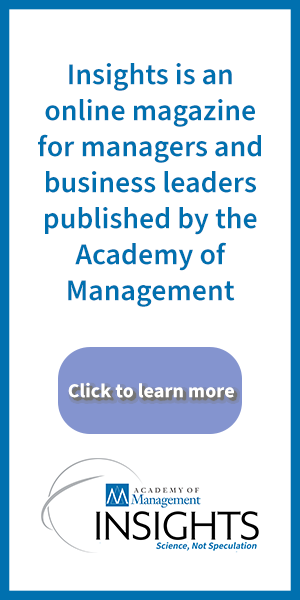Published on: April 23, 2025 at 7:37 pm
The gender pay gap between the earnings of male and female business professionals starts small on average but tends to grow over time.
“It’s so interesting that when we look at pay gaps among male and female MBA graduates coming out of the same program in the same year, the gap is so small; it’s really little initially,” said Academy of Management Scholar Carol Kulik of the University of South Australia. “But the problem is, it gets bigger every year, because the way we usually get people pay raises is we make it a percentage of their past salary, and so any sort of pay gap that you have in the first year after graduation gets a little wider, year after year.
“And women are still primarily responsible for caring for children and elderly family members,” she said. “And so they have these career gaps, where they step off the career ladder for a bit, and when they come back, they never quite catch up on the pay raises that the men in their cohort have gotten.
“By the time they get into executive roles, this gap can actually be really wide.”
Taking a step back, Kulik said that it’s important for leaders to recognize that there are gender pay gaps, even at the highest levels of organizations.
“From the public’s perspective, they say, ‘These are women at the top of their game, and companies are under so much pressure to hire women and have women represented in senior roles; surely, they can just negotiate a higher wage,’” Kulik said. “But you’re talking gaps of 20%—that’s a big ask when you’re going into one of these senior roles.
“I want to emphasize that the gap is big, and it’s really important to talk about it, especially because in executive roles, a lot of times the biggest part of your salary is not in the base salary; rather, it’s in all the discretionary bonuses that you get for good performance,” she said.
“The higher you get in an organization, the more subjective performance evaluations are, so it’s harder to tell when you’re a high-performer, and so we tend to see very big gender pay gaps among senior executives.”
A sample of Kulik’s AOM research findings:
- Keeping Older Workers Engaged
- Engage Me: The Mature-Age Worker and Stereotype Threat
- Aging Populations and Management
- Physical Environments and Employee Reactions: Effects of Stimulus-Screening Skills and Job Complexity
- Relations Between Situational Factors and the Comparative Referents Used by Employees












